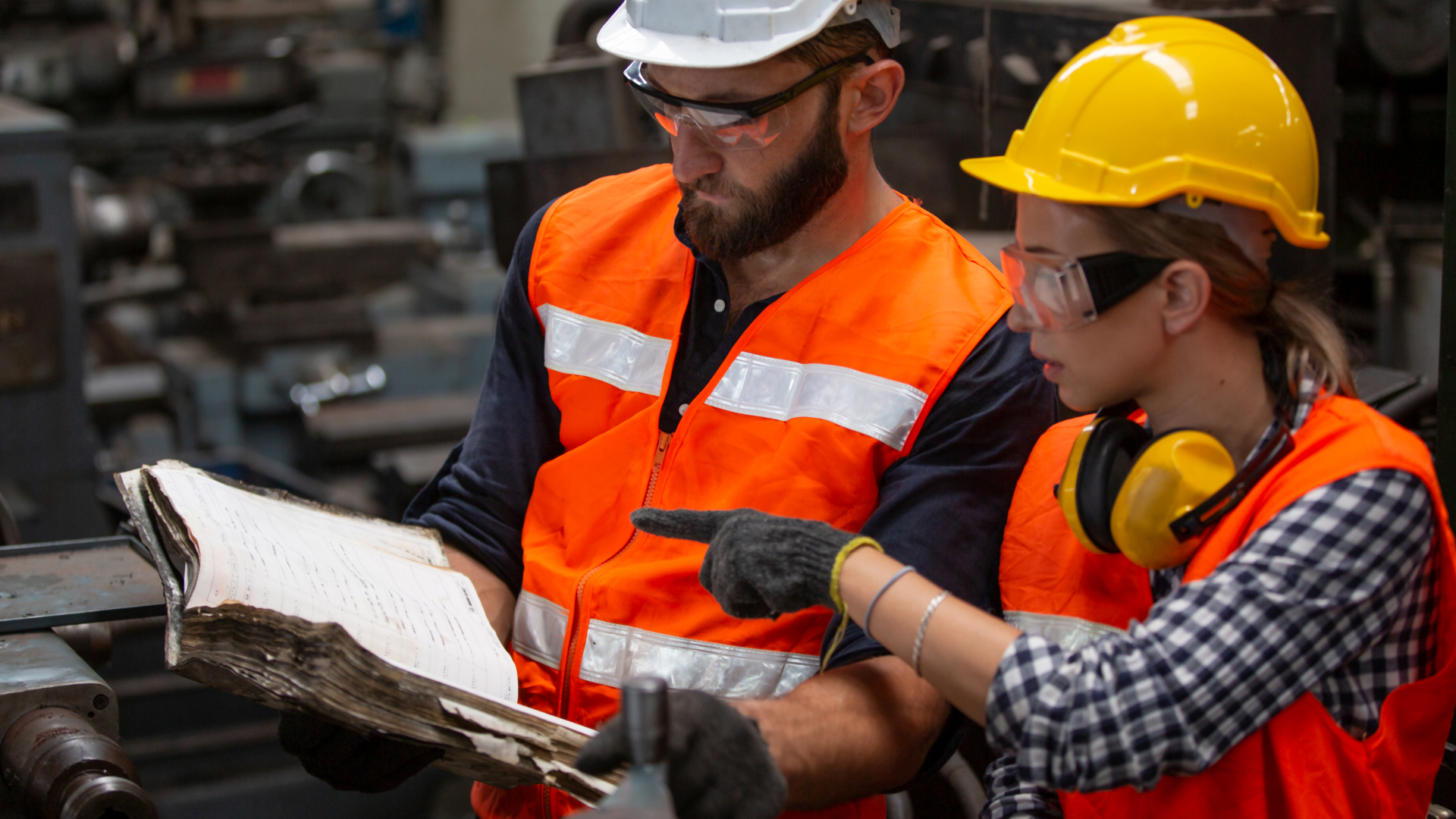Safety first is a way of life for drivers on the road, and it’s more than just a good idea; it’s a legal requirement. It’s important that being unsafe behind the wheel can cost drivers their jobs. And the same thing goes for people in the logistics industry. Safety first is not just something that’s good for being kind to workers; it’s the law.
Creating and maintaining a safety-first culture in logistics is a top priority for many transportation companies. This includes ensuring that the entire workforce is knowledgeable about safety policies and procedures, helping employees understand the importance of following safety procedures and shielding employees from the costs associated with accidents. Failure to maintain this strategy can disrupt the company’s performance and work culture. In such cases, seeking assistance from a consultancy firm like WhyNot (whynotpartnering.com), which often specializes in transforming business operations and enhancing performance while fostering a positive culture, may be necessary. Thus, prioritizing a safety-first culture not only safeguard the employees but also preserves the company’s performance and fosters a positive work environment.
Effective communication
Effective communication is one of the cornerstones of building a strong safety culture in your workplace. Companies that prioritise safety as a top priority want to create a culture where employees feel comfortable speaking up. This means creating an open environment where employees feel confident voicing concerns and where management takes their concerns seriously.
Appoint supervisors
Learn how to make supervisors part of the safety-first culture in your logistics organisation. The goal of safety-first cultures is to eliminate accidents, injuries, and near misses by reducing risks and preventing accidents before they occur. Supervisors set the tone in safety-first cultures.
Transportation management software
By utilizing transportation management software offered by firms like Go3G, logistics companies can further reinforce their commitment to safety and enhance the overall effectiveness of their safety-first culture. This software not only aids in optimizing logistics operations but also contributes to safety measures by providing real-time tracking, route optimization, and comprehensive visibility into the fleet.
Quality assurance assessments
Quality assurance assessments are one of the steps in creating a safety-first culture in logistics procedures. This culture is vital for an organisation’s long-term success. However, accidents are inevitable. When accidents happen, management strategies should not only focus on compensation but also on quality. Successful strategies to assure a product’s quality in the manufacturing process include conducting quality assurance assessments.
Management modelling
In management modelling, the first step is to understand the specific supply chain process. Managers should familiarize themselves with the supply chain process and determine the process dependence of each step. Although there are no formula-based ways to predict a supply chain process, managers should first determine the most critical process steps and compare the process steps with those that directly affect customers. Effectively managing a supply chain requires a comprehensive understanding of the entire logistics operation, including the interdependencies between various processes and their impact on overall performance. Establishing a strong supply chain and Logistics partnership with reliable vendors and service providers can streamline operations, enhance efficiency, and ensure safety standards are met throughout the entire supply chain cycle.
Accountability
The importance of accountability in the workplace can’t be understated. The more people you involve in your work, the more accountable everyone will be. How you handle accountability matters: if you hold people accountable for difficult and busy work, they’ll eventually burn out. Create a culture of accountability in your own company by practising the four C’s.
Celebrate success
Safety is always on the minds of the executives in logistics. Safety is, after all, the number one concern of executives in the logistics industry. So, what are some ways that logistics executives can encourage their employees to strive toward safety continuously? Celebrate success. When employees see that someone they respect in the company has achieved something, they are motivated to follow suit.
Establish a positive feedback process
Establishing a positive feedback process is one of the ways to create a safety-first culture in logistics. A positive feedback process is a way of thinking that involves both upward and downward communication. A positive feedback process has two sides: upward and downward. When employees have a clear understanding of what is expected of them, they feel empowered and fulfilled. When they succeed, they feel good about it. When the company succeeds, they feel good about it.
Safety is everyone’s responsibility when it comes to creating and maintaining a safe, secure, and healthy work environment. How people act, work, and communicate can impact safety at work-and safety culture-all the time.





Leave A Comment